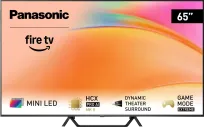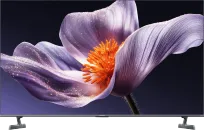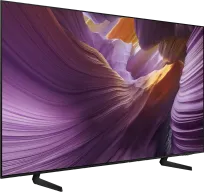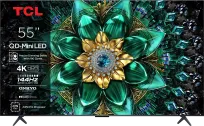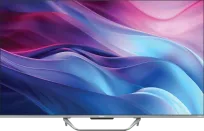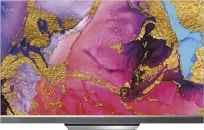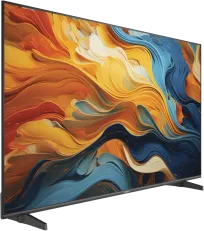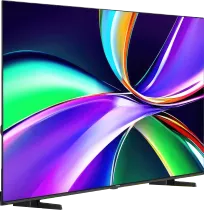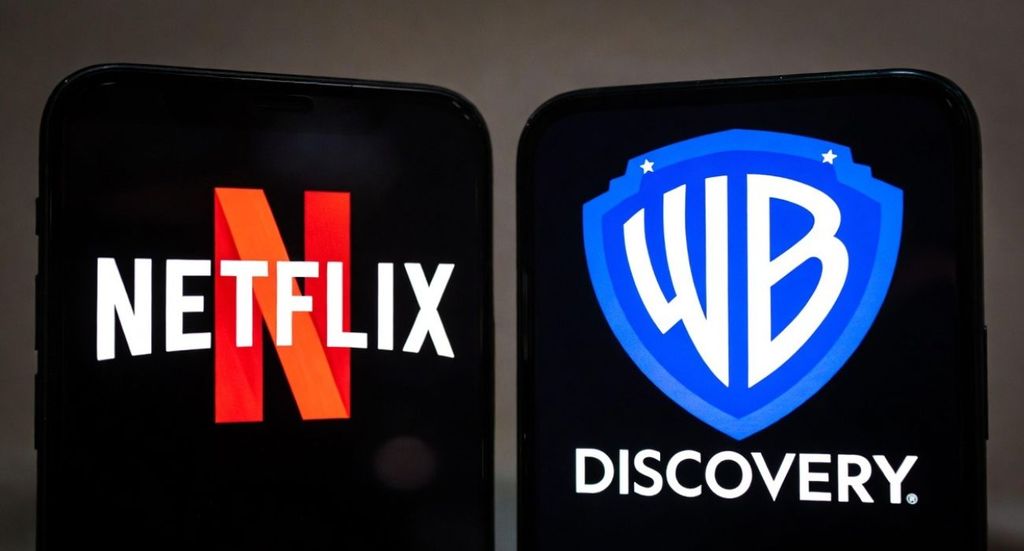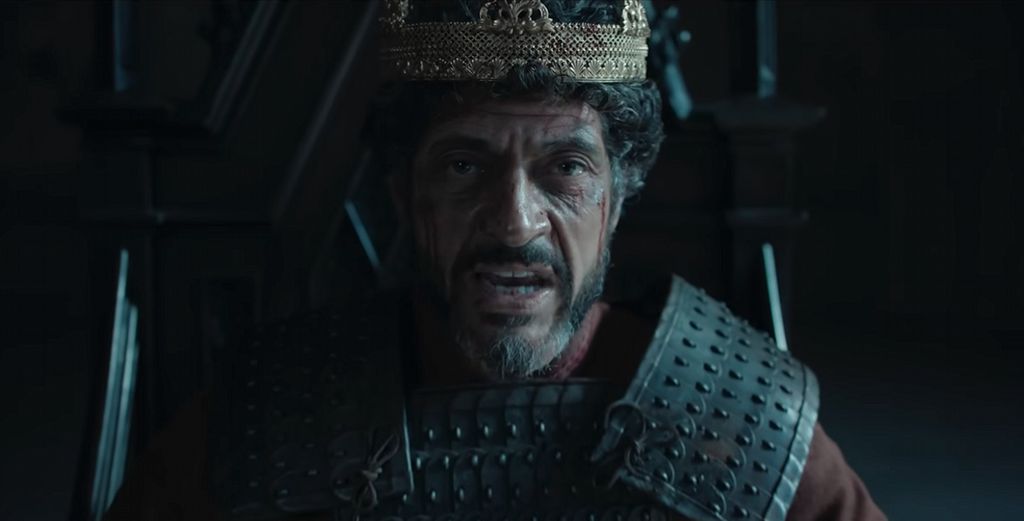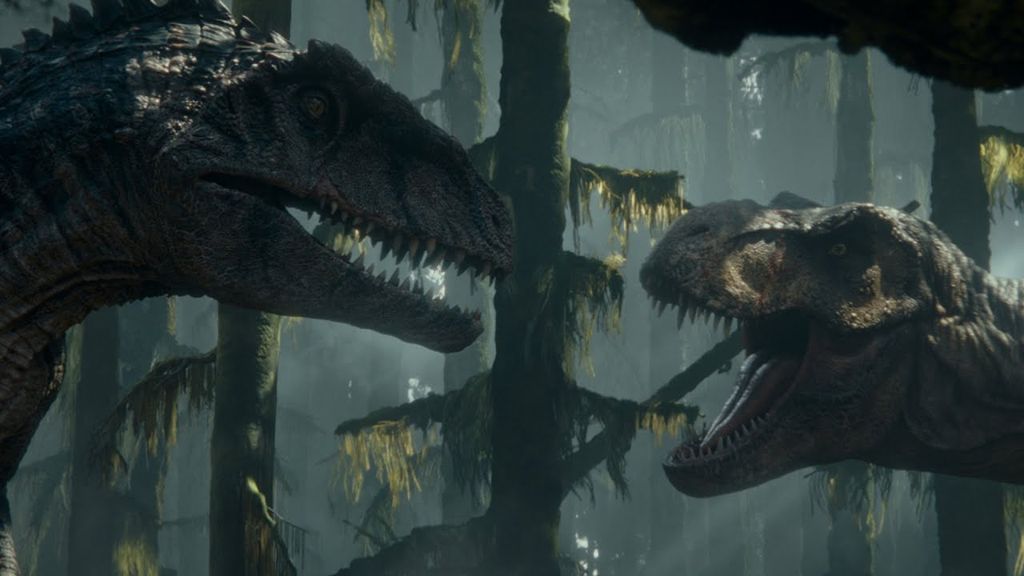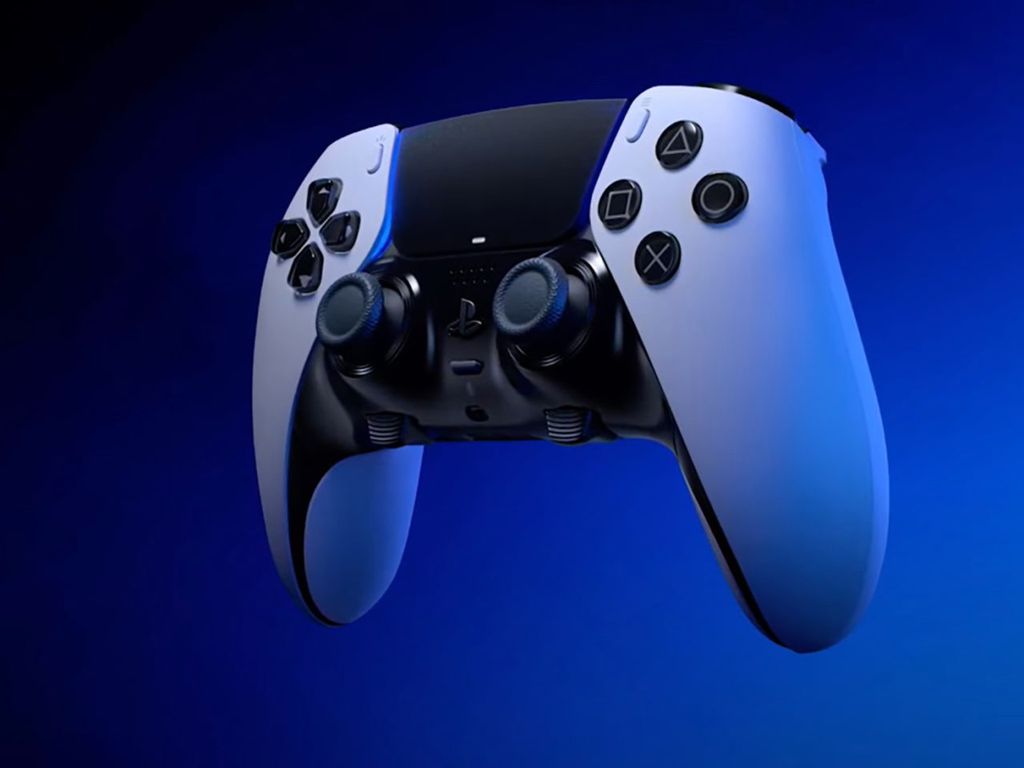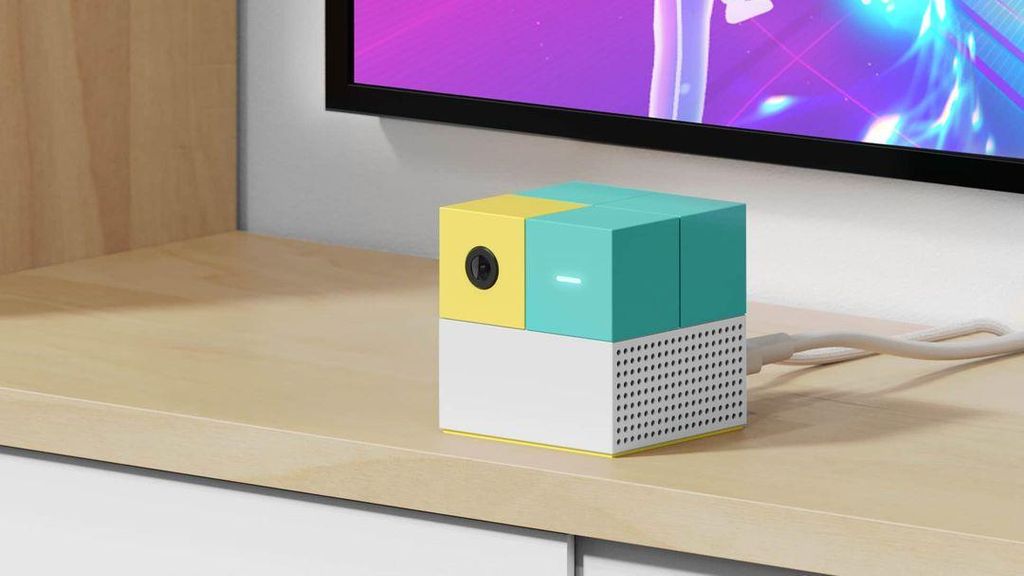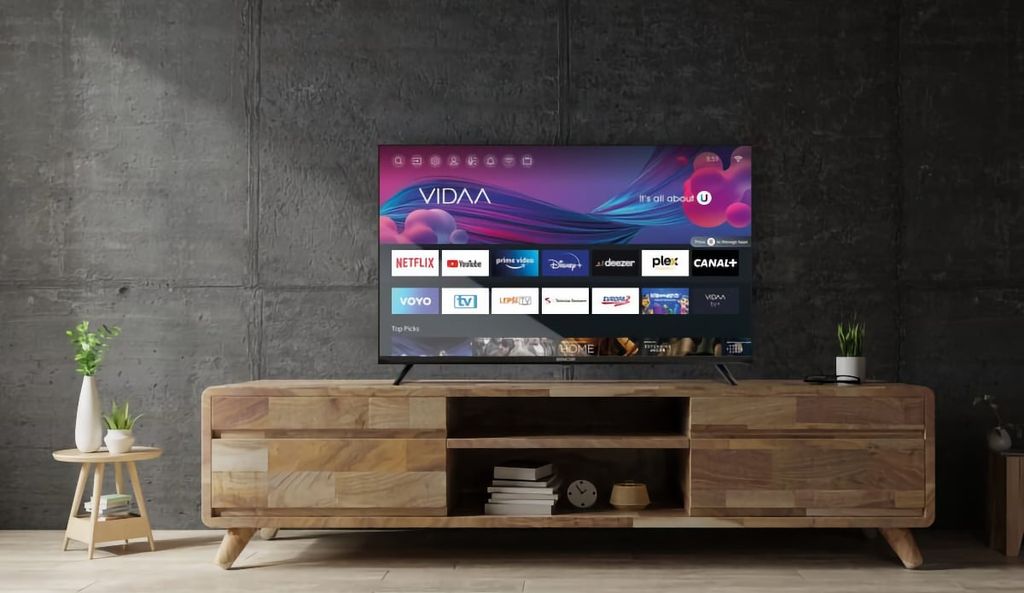
In the world of televisions, a quiet war is underway over… updates. LG recently announced that it will support its new TVs for five years. Samsung quickly responded with seven years of support for Tizen OS. And now — with apparent flourish — Hisense enters the fray.
However, the company's declared "up to eight years of updates" is more a question mark than a real promise.
Hisense wants to set a new standard
Hisense didn’t hold a press conference, there were no big announcements. The company simply posted a modest message on one of its subpages — stating that it is “setting a new industry standard” and will support some of its TVs for up to eight years from the date of purchase.
Sounds great? On paper — yes. But only if you have the right model with the VIDAA OS system. And that can vary.
Not every Hisense is VIDAA
The VIDAA OS system is proprietary software from Hisense, available on around 30 million devices, primarily in Europe. However, the company also sells dozens of models with different systems: Android TV, Google TV, Roku OS, Fire TV, and even lesser-known ones like Titan OS and TiVo OS.
In the USA, the situation is particularly clear: only 11 models have VIDAA OS, while a whopping 157 operate on other platforms. In other words – if you’re buying a Hisense in the States, the chance of landing the “right” model is slim.
What does Hisense actually promise?
According to the statement, the eight-year updates are meant to ensure:
greater security of user data,
longer compatibility of streaming applications,
better performance of the system,
extended lifespan of the television.
But here's the important word: “up to eight years” — meaning it all depends on the model. Hisense did not provide a specific list of televisions covered by this promise, nor how often they will receive updates. Maybe once every two years, maybe once a year — no one knows.
Europe has better chances — but is it really worth playing this lottery?
In Europe, the VIDAA OS system is much more popular than in the States, which theoretically increases the chances of purchasing a model covered by eight years of support. However, even here — until Hisense publishes a specific list of models with guaranteed updates — everything remains in the realm of speculation.
Paradoxically, if you buy a Hisense TV with Google TV, Android TV, or Roku OS, you might be in a much better situation. These platforms are independently developed by Google and Roku, and updates are the norm there — they appear every 12 to 24 months, without announcements, without fanfare, they simply… work.
Summary: cool vision, a lot of question marks...
Hisense is trying to open a new chapter in the conversation about the longevity of televisions. And although "up to 8 years of updates" sounds like a revolution, in practice we currently only have a vague slogan and a lack of specifics.
This is a step in the right direction — because for years manufacturers have ignored the issue of support. But if it’s unclear which models, how often, and what range of updates will be covered, it’s hard to talk about any "new industry standard."
Do you have a TV with VIDAA OS? You might get something out of this promise. Do you have a different system? You’re probably still in a safer ecosystem.
Source: hdtvtest
 Katarzyna Petru
Katarzyna Petru
